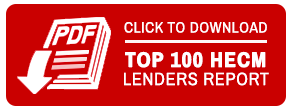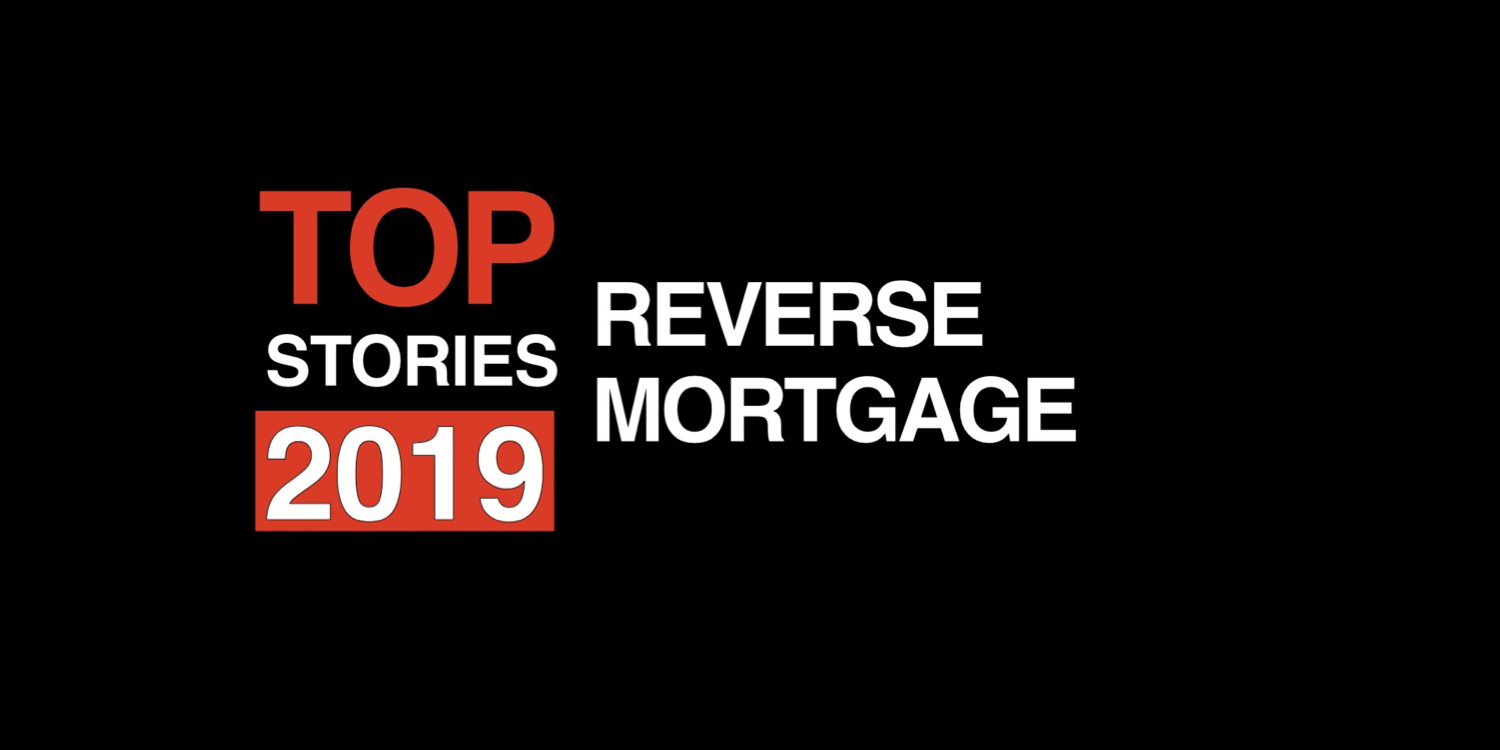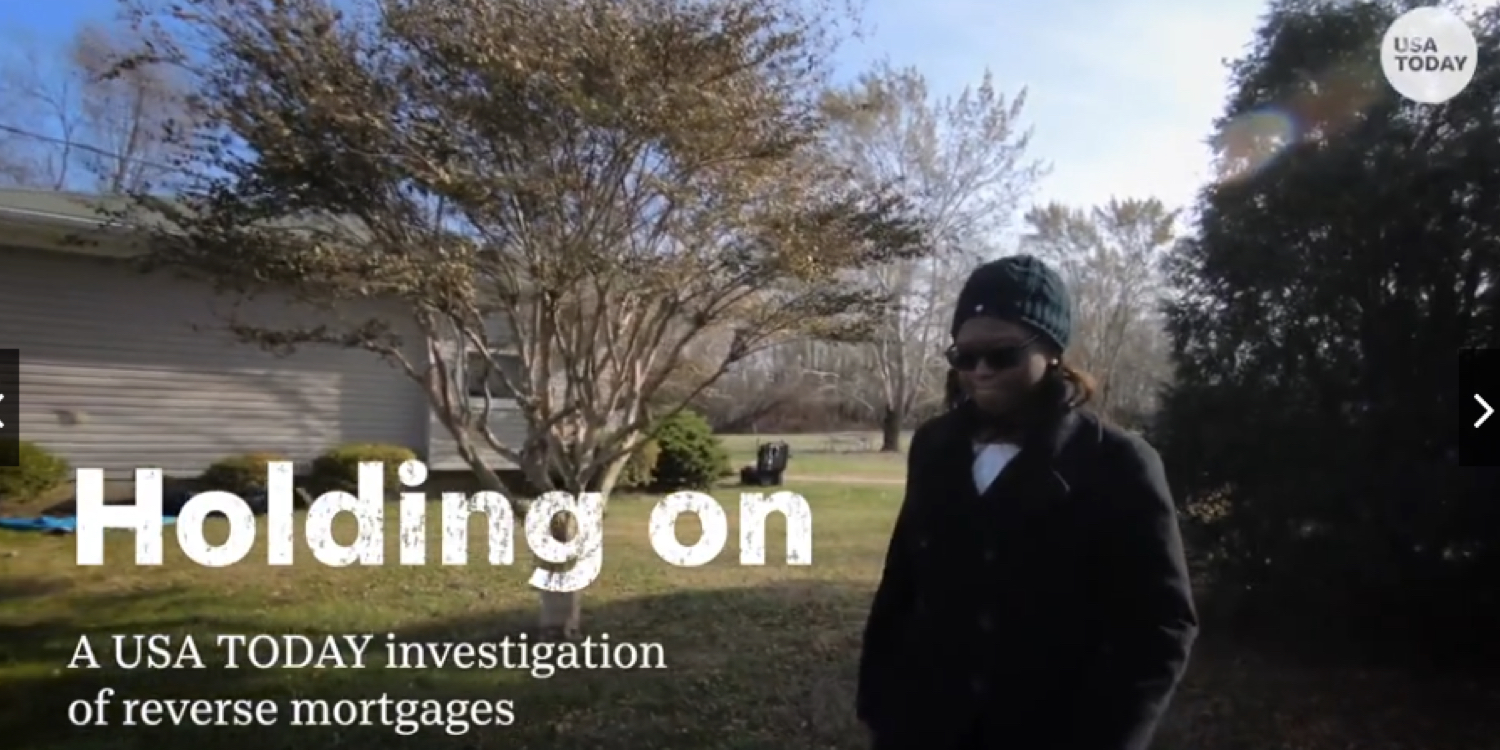USA Today: Heirs left with heartache
Heirs attempting to payoff reverse mortgages face hurdles or accelerated foreclosures
Losing a parent is truly a heart-wrenching experience. One that many of you our viewers, and myself have endured. Compounding the grief is the frustration in settling the financial affairs of your loved one. According to a recent column in USA Today last week, some reverse mortgage heirs are finding themselves thwarted in their attempts to purchase their parents home facing conflicting notices, bureaucratic red tape, and foreclosure- even when the family has the means to pay off the loan. Each delay driving up the ultimate loan balance payoff.
Servicing issues are not a new phenomenon. On this show, we have reported on some of the challenges of loans serviced by HUD’s chosen contractors…
.
BREAKING: HECM Lending Limit Increased
HECM lending limits increased for the 4th consecutive year
Tuesday, December 3rd FHA released Mortgagee Letter 2019-20 announcing the new maximum claim amount (or lending limit) for Home Equity Conversion Mortgages. The new limit of $765.600 is in effect for the calendar year 2020 and represents a nearly $39,000 increase from last year’s MCA. The move is not an unusual one. Reverse Mortgage Daily reports that the Housing and Economic Recovery Act or HERA mandates that conforming loan limits must reflect changes in the average U.S. home price…
November Top 100 HECM Lenders Report
Download this month’s report [pdf] View Annual Historical HECM Endorsements


2,842 HECM loans were endorsed (insured) in the month of NOVEMBER 2019 according to the latest data from Reverse Market Insight.
This report was compiled from data courtesy of Reverse Market Insight.

New HECM Applications on the Rise
Despite Improvements a Call for HECM Structural Changes
While the FY 2019 FHA Report shows significant improvement in the HECM program’s value, FHA calls more ‘structural changes’
[Download transcript]
As we gather around the table this Thanksgiving there’s one thing to be grateful for: FHA’s most recent report to Congress showing a showing significant improvement in the federally-insured reverse mortgage’s economic value. This year’s valuation of the program reflects the fluid nature of assigning an economic value to the program being heavily influenced by larger market forces. These disparate valuations have drawn the attention of lawmakers since the HECM was moved to the Federal Housing Administration’s Mutual Mortgage Insurance Fund in 2009.
Beyond the improvements reflected in the report there’s a recurring subtext in the comments coming from the Federal Housing Administration. It is this: now is the time for the industry to expand its private loan offerings and reduce our near-total dependence on the government-backed Home Equity Conversion Mortgage. To paraphrase FHA Commissioner Brian Montgomery’s comments at NRMLA’s annual meeting as reported by Reverse Mortgage Daily ‘FHA must ensure that the HECM market is not overwhelmingly shouldered by the federal government’.
While the HECM’s financial footing may have improved some significant changes lie ahead. “We’ve seen the improvements [in the HECM program] over the past year, and we know that it is not enough, It is not self-sustaining, and while the state of the economy is important to the improvement, the time to fix the roof is when the sun is shining”, said FHA Commissioner Brian Montgomery during his keynote speech at NRMLA’s annual meeting in Nashville.
The 2019 HECM FHA Report to Congress
What you need to know about FHA’s Report to Congress on the Home Equity Conversion Mortgage
[Download transcript]
Each year reverse mortgage lenders, originators and other mortgage market participants eagerly await the release of the Federal Housing Administration’s report to Congress on the financial status of the Mutual Mortgage Insurance Fund.
The good news is that the valuation of the HECM portion of FHA’s portfolio improved by over 50% in a single fiscal year from a negative valuation of -$13.63 billion in 2018 to a negative $5.92 billion in 2019. Why are we seeing such a rapid and marked improvement?
The comments of FHA Commissioner Brian Montgomery during a press call last Thursday may shed some light. “The improvements we’ve begun to put in place in the last two years to stem the losses of the reverse mortgage portfolio, aided by favorable economic conditions, are contributing to some improvements in our reverse mortgage portfolio.”
Why is the HECM a niche product?
The Brookings Institution: Reasons for low HECM uptake and how to expand market growth
Despite the more Americans retiring without sufficient savings to fund their non-working years, reverse mortgages remain a niche product- one whose acceptance has shrunk considerably in recent years. This conundrum is addressed in a recent paper released by the Brookings Institution entitled, “The unfulfilled promise of reverse mortgages: Can a better market improve retirement security?”
It’s ironic when you consider the increasing debt held by older Americans, the near-complete disappearance of pensions from private sector companies, and increasing longevity. One would conclude this should be the golden age for reverse mortgages- but it’s not. The authors of the paper from the Economic Studies at the Brookings Institution made their case on why the Home Equity Conversion Mortgage is not widely accepted and how the HECM can move from being merely a niche product to one that has widespread acceptance. For those of you not inclined to read the report here’s our brief summary.
Researchers present HECM fixes last week
How do you fix the reverse mortgage and expand its availability? Researchers presented their ideas last week
There’s no shortage of ideas when it comes to just how to strengthen the federally-insured reverse mortgage and expand its reach to older homeowners. Last Monday, the Brookings Institution hosted a symposium entitled “Reverse mortgages: Promise, problems, and proposals for a better market”. Participants included AARP’s Debra Whitman, Stephanie Moulton of Ohio State University, University of British Columbia professor Thomas Davidoff, Longbridge CEO Chris Mayer, and Laurie Goodman from the Urban Institute. The event is part of the Brookings Institution & the Kellogg School’s meetings on retirement security. These are not pending proposals for the Home Equity Conversion mortgage, nor are they being debated by lawmakers. However, these policy think tanks play an important role in our federal government and help shape public policy.
Reforms may hinge on Actuarial Report
Despite improvements, Secretary Carson pushes for 3 key changes
While we’ve seen no official mortgagee letter or Congressional action on recently-proposed reforms to the Home Equity Conversion Mortgage- some key changes were restated last week in HUD Secretary Ben Carson’s written remarks to the House Financial Services Committee. Legislative proposals such as the elimination of a national lending limit and the removal of the HECM from FHA’s Mutual Mortgage Insurance Fund may hinge on next month’s Actuarial report to Congress. The report details the financial health of the program. However, the potential elimination of HECM-to-HECM refinances could be enacted outside of Congress by the FHA as an administrative change that doesn’t require Congressional approval. While opposed by key industry stakeholders, such a change could be held forth to lawmakers as confirmation of the agency’s continued commitment to the stewardship of the program should next month’s report reveal increasing financial liabilities.
The water is not quite under the bridge
Truth be told, recent fiscal year insurance claims provide little if any insight as to how effective previous policy changes may have been. Think of the reverse mortgage program’s financial liabilities as a large river. Notable incidents upstream will not be felt




